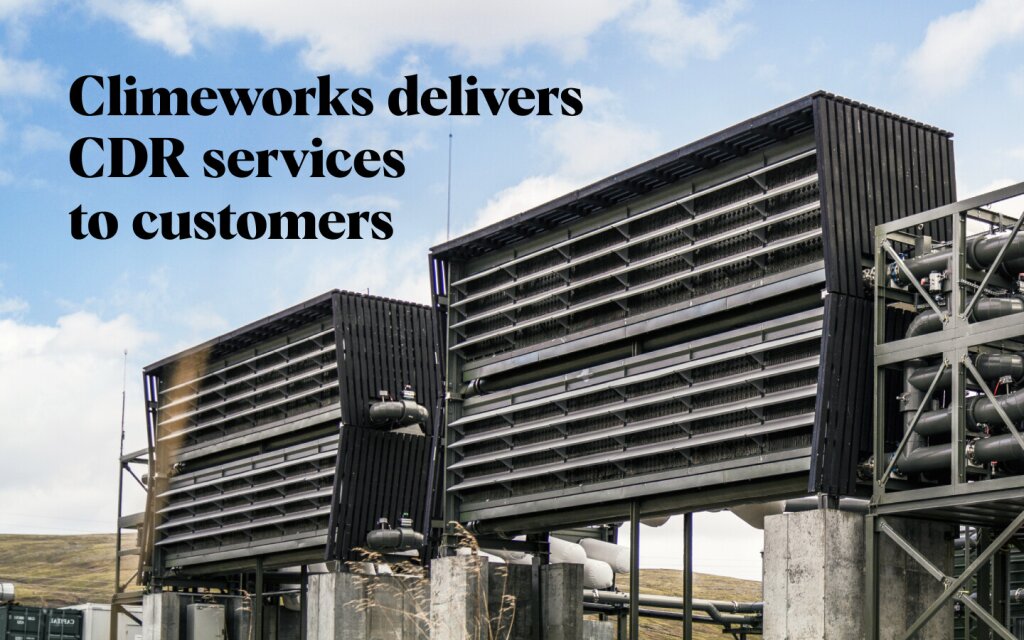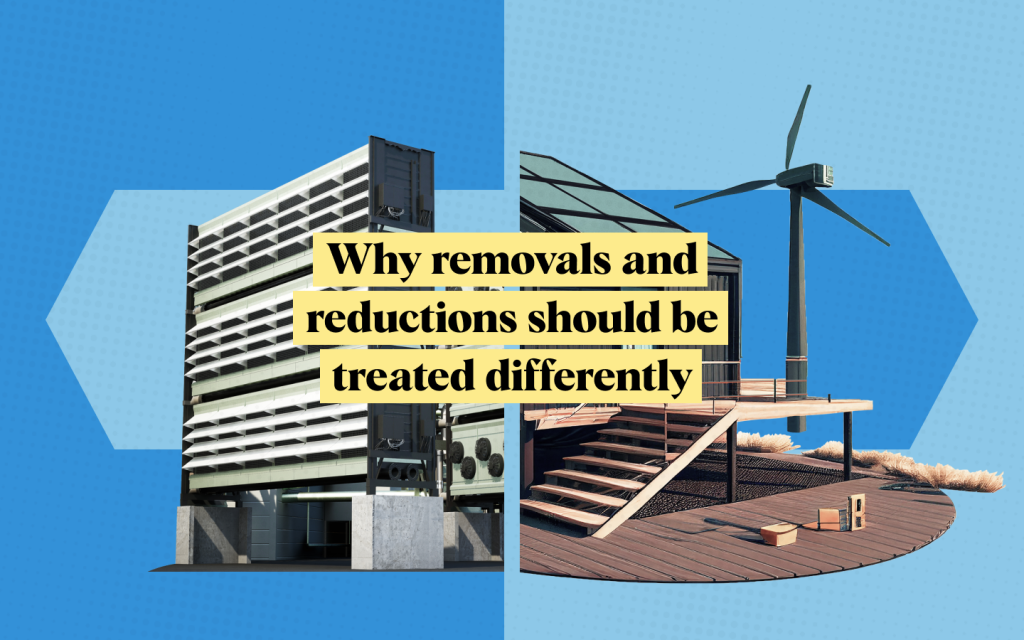
What is MRV?
Carbon dioxide removal (CDR) is key to reaching net zero and mitigating climate change. To count toward this goal, CDR solutions must be verifiable, which requires standards to measure their impact. This is the focus of monitoring, reporting, and verification (MRV).
Climeworks is committed to delivering the highest quality in its CDR services, which is why we place MRV at the heart of our business. Our goal is to bring measurability and accountability to carbon dioxide removal, driving the ecosystem toward greater standardization and quality.
We have therefore partnered with Puro.earth to third-party certify our CDR Services based on the Puro Standard Methodology for Geologically Stored Carbon, the first standard for engineered carbon removal methods in the voluntary carbon market. It sets quality requirements for solutions such as direct air capture and mineral storage and records the lifecycle of CO2 Removal Certificates from issuance to retirement in a public registry. As a result, Climeworks became the world’s first direct air capture company certified under the Puro Standard in 2024.
What is certification and why is it important?
Certification means quality assurance for the invisible qualities of a service or product.
Much like a certification can identify which apples in the grocery store were grown organically, certification in carbon markets is about showing the otherwise imperceivable quality and integrity of CDR to the market and customers. Certification follows successful third-party verification that the given removal occurred according to a validated methodology and meets a stated standard. Many certification labels exist, signifying different quality standards and methodologies used to evaluate the product. The certification is only as meaningful as the rigor and integrity of the standard and methodology it stands for.
How can certification of CDR be achieved?
In the case of CDR, certification means that a third party has verified the removals were produced according to a validated methodology and meet the stated standard. As an example, the CDR services performed at Climeworks’ Orca plant are third-party certified by Puro.earth, based on the Puro Standard methodology for Geologically Stored Carbon.

Take a look at the different steps needed to certify carbon removals:
Certification standards: This is the foundation of the certification, and represents the quality criteria that must be met by a removal to achieve certification, such as durability, additionality, project boundaries, and social impacts. The standards behind each certification can vary, meaning that the certification is only as meaningful as the standards that define it.
Methodology: A methodology describes how different projects measure and report how they achieve the standards. For example, while all CDR projects need to measure greenhouse gas emissions, the techniques to measure emissions from trees differ from those used for direct air capture. Methodologies are validated by the auditor to ensure they are robust, meet the standard, and produce quality consistency with other project types.
Project Design Description/ Document (PDD): The PDD describes how a specific project will implement the validated methodology. Not all direct air capture projects are the same and the PDD addresses differences resulting from design specifics like what type of monitoring equipment is used. An auditor reviews the PDD and verifies the project follows the validated methodology and meets the certification standards. In the case of Climeworks, a PDD was created for its Orca plant.
Verification: Once the project has produced some removals, an auditor reviews the data, operations, and reporting to verify that the PDD was followed to produce the removals. At this step, the auditor ensures that maintenance and monitoring procedures were followed, and that the removals were properly measured and reported. In Iceland, Puro-accredited validation and verification body DNV verifies whether Orca followed its PDD based on the Puro Standard methodology for Geologically Stored Carbon.
Certified CDR: When the verification is successful, the audited production batch can be certified by an accredited certification body, such as Puro.earth.
Climeworks’ MRV efforts
Climeworks has long been advocating for stringent standards in the voluntary carbon market and the need to clearly distinguish between emissions reductions and carbon removals to protect the market’s integrity (see Climeworks’ statement from April 2023).
More than advocating for it, Climeworks has taken steps itself: in September 2022, the company developed the first full-chain direct air capture and storage methodology together with Carbfix, which led to third-party verification of its CDR services by quality and assurance company DNV in December 2022. The Puro Standard certification is the latest step of Climeworks’ MRV efforts.
Certification under the Puro Standard involves the auditing of Climeworks’ direct air capture process as well as Carbfix’s CO₂ mineralization by an accredited entity: at Orca, Puro-accredited validation and verification body DNV verifies that Climeworks’ carbon removals were performed according to the Puro methodology, fulfilling a stringent set of quality criteria. Once independently verified, Puro.earth certifies the batch of removal services within the audit window. The CO₂ Removal Certificates (CORCs) then get issued on the Puro registry and are retired as soon as they are delivered to a specific customer. This customer is the only one allowed to claim the credits, ensuring transparency and accountability in the process. See the below graphic illustrating the certification steps.
In parallel to selecting the Puro Standard for certification, Climeworks is advancing robust MRV and certification efforts together with the Gold Standard and Verra’s Verified Carbon Standard within the CCS+ Initiative. The company is moreover closely following and contributing to the developments of the EU carbon removal certification framework, the U.S. MRV projects funded by the U.S. Department of Energy, as well as international standards under the UNFCCC Article 6 framework.
Eve Tamme, Managing Director at Climate Principles says “Climeworks is a leading voice in the carbon removal space, advocating for and acting on stringent standards for an effective carbon removal market. A market better aligned with initiatives pushing for higher quality, such as the Integrity Council for the Voluntary Carbon Market (IC-VCM) and the Voluntary Carbon Markets Integrity Initiative (VCMI). I hope to see more carbon removal project developers following in this direction.”
Pioneering DAC+S assessments and advancing MRV efforts to this level is only possible thanks to Climeworks’ multi-year deployment expertise in the field. Climeworks’ Orca plant has long been the world’s only active commercial carbon removal project based on direct air capture with permanent geological storage provided by Carbfix, resulting in invaluable field experience that shaped methodologies and enabled verification and certification. It set the precedent for Climeworks’ future plants and paves the way for the direct air capture industry more broadly.
Lead the race toward net zero
High-quality carbon removal for your climate strategy.

